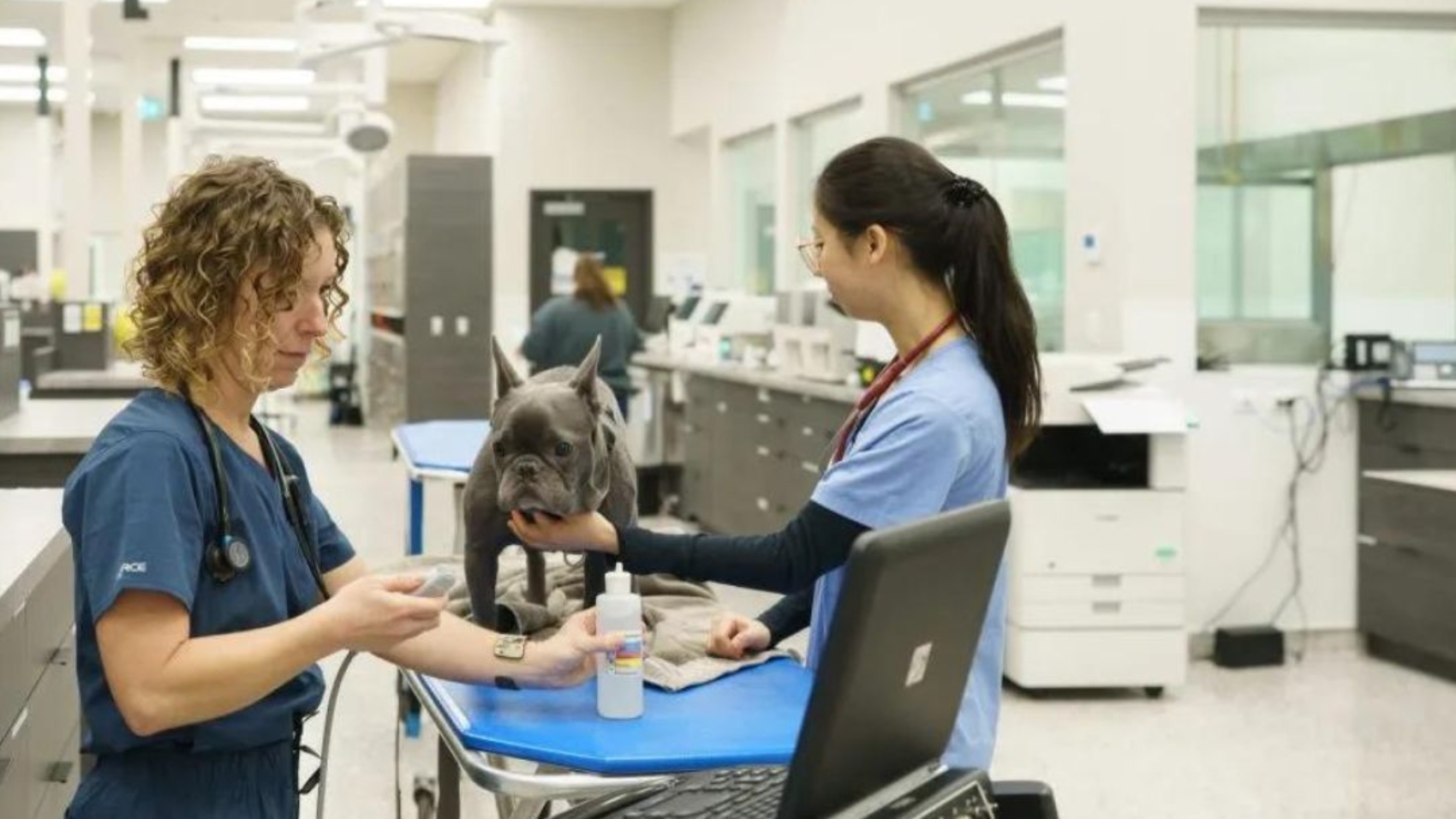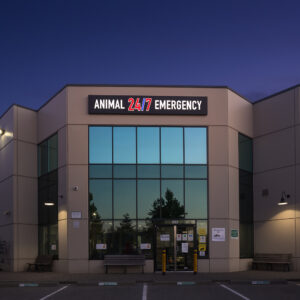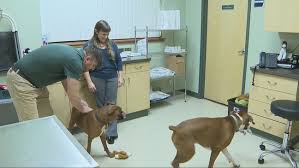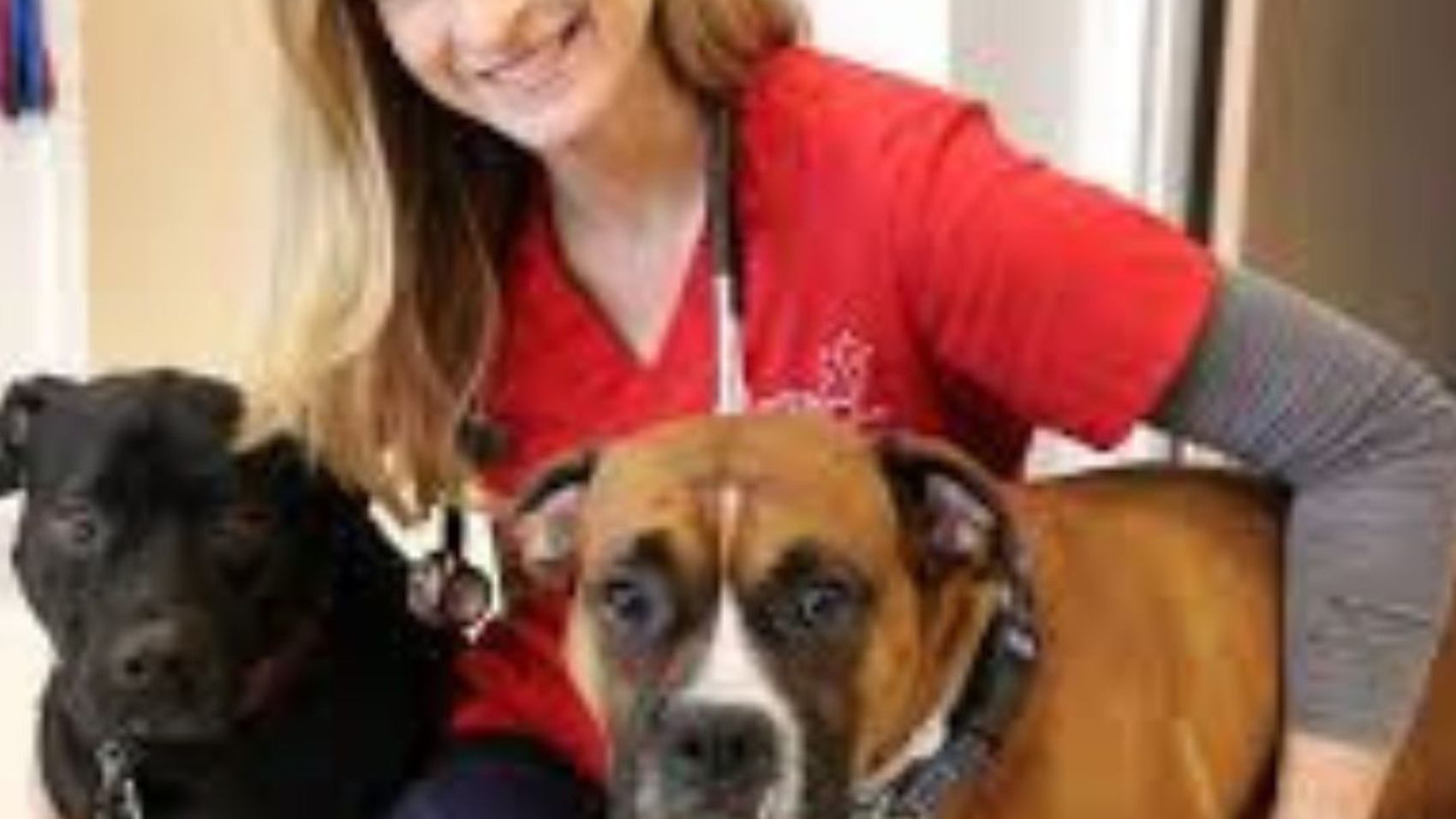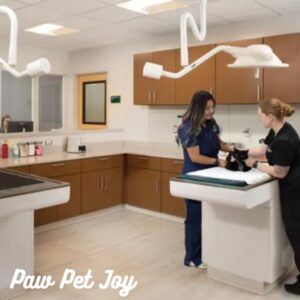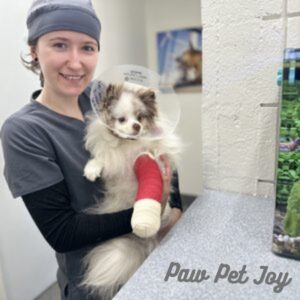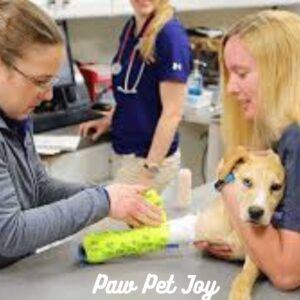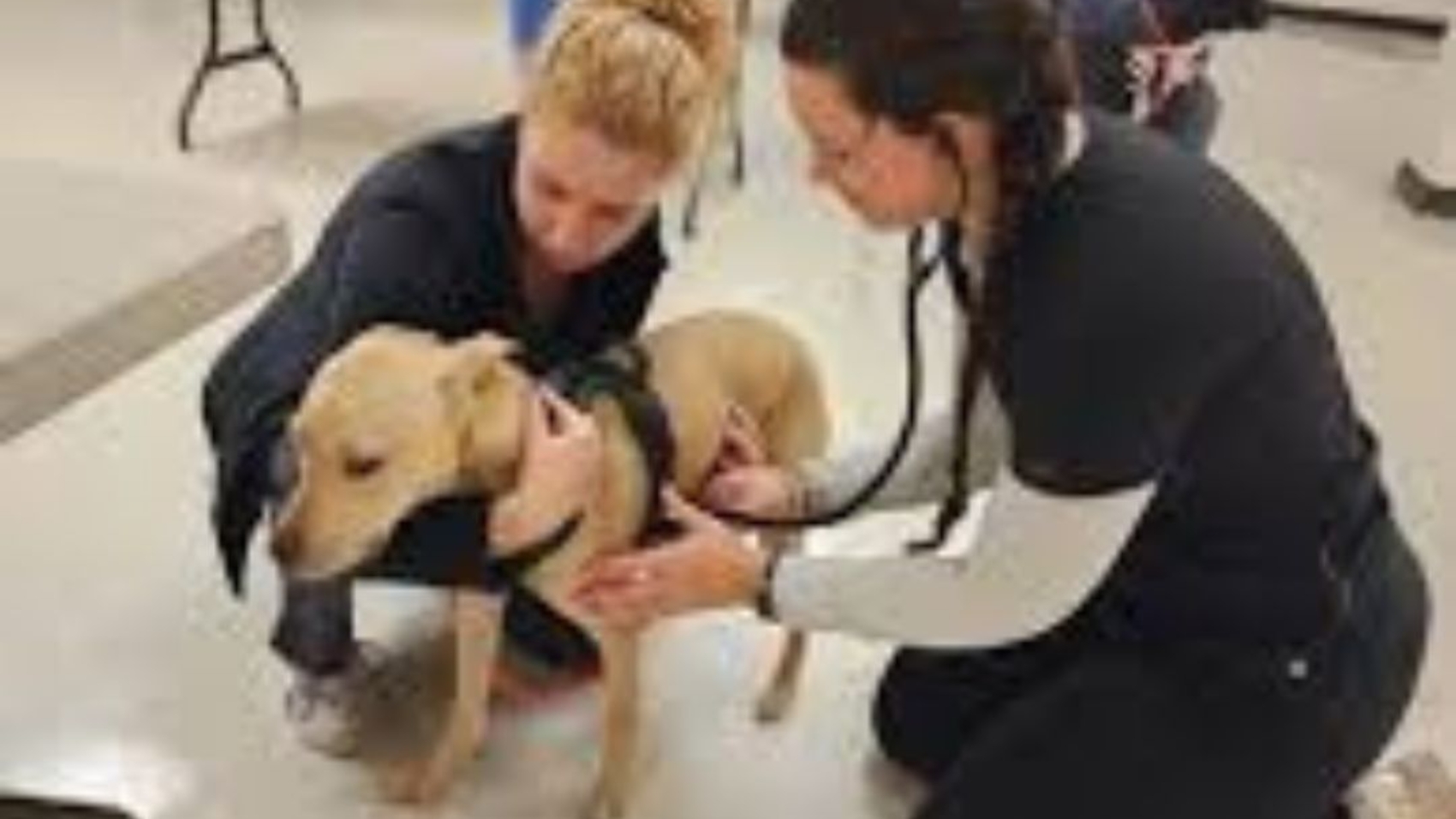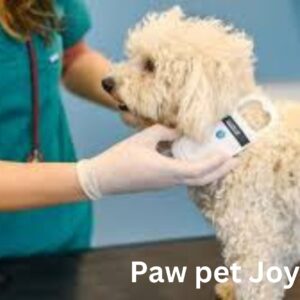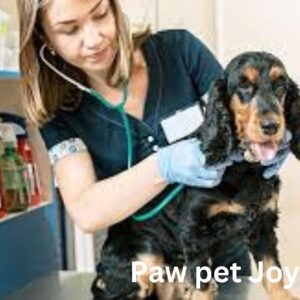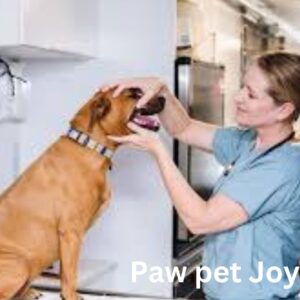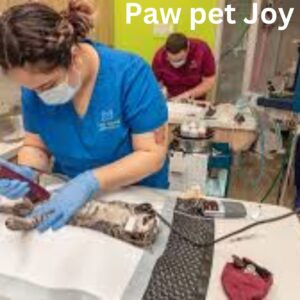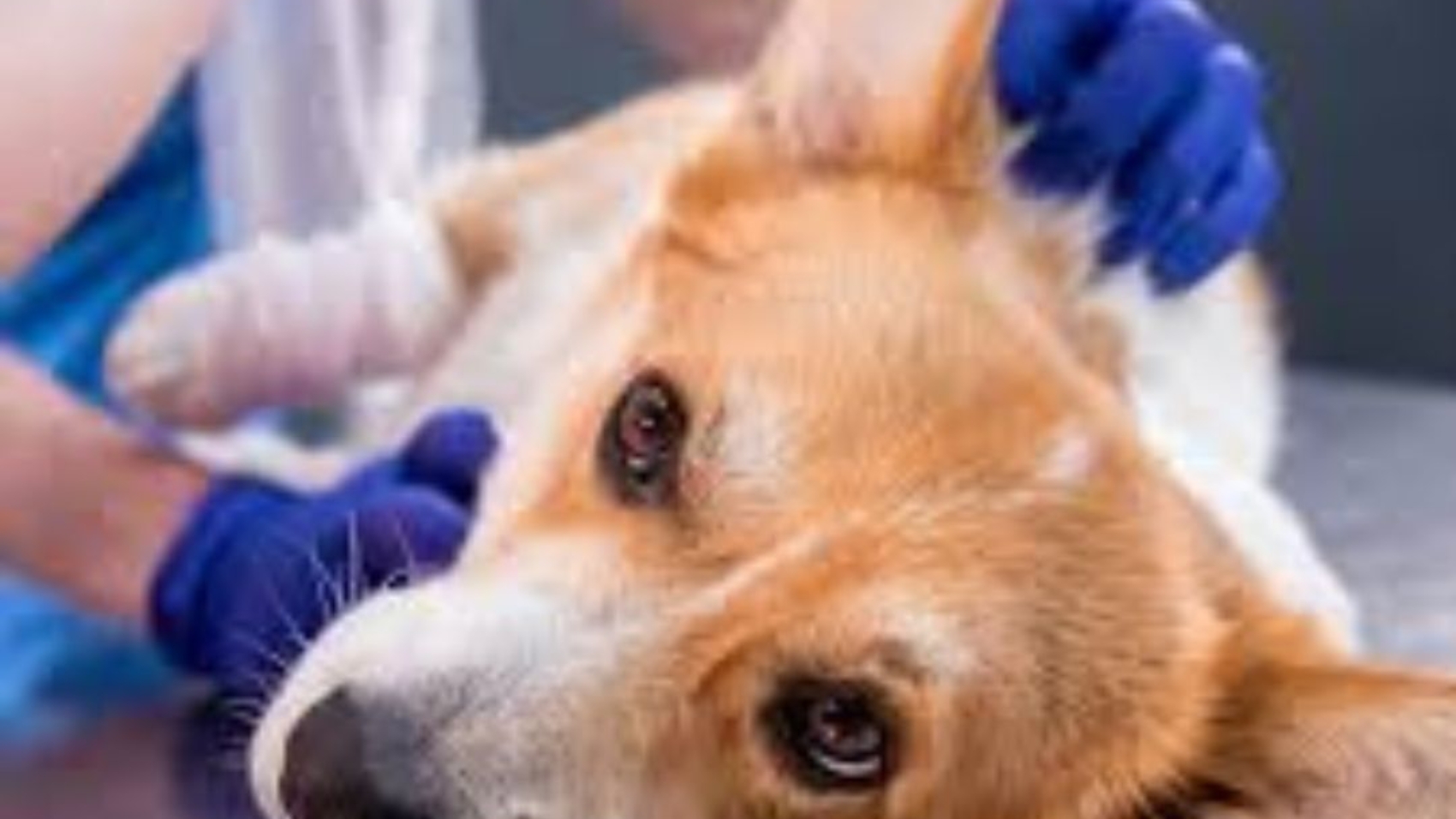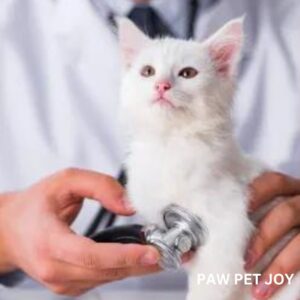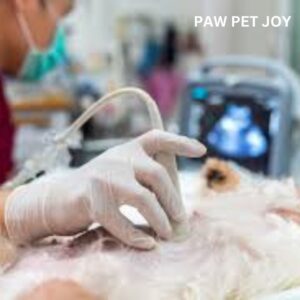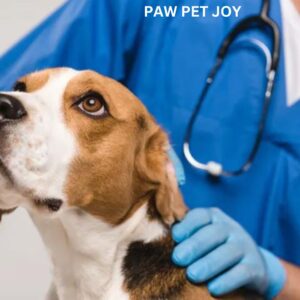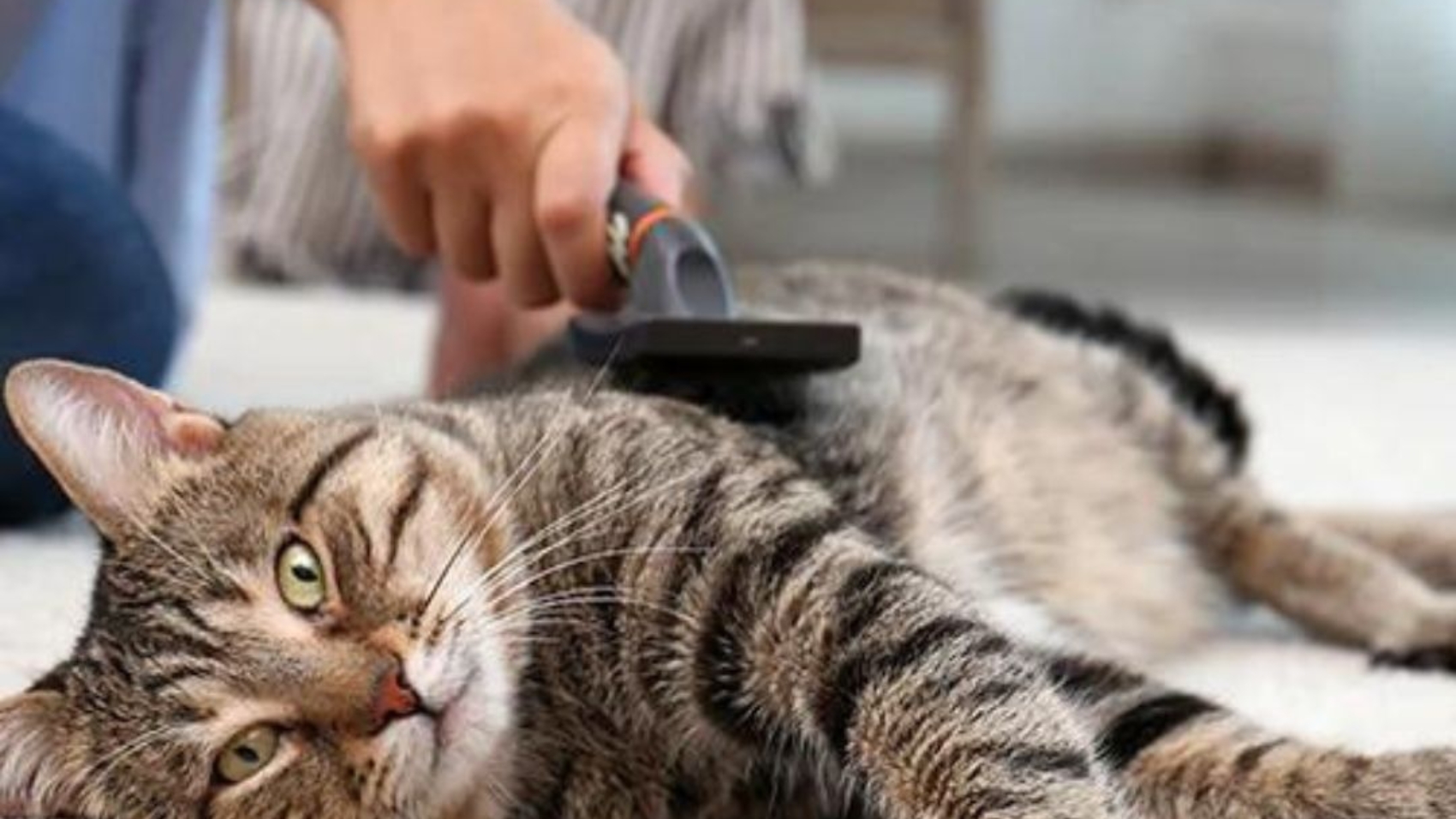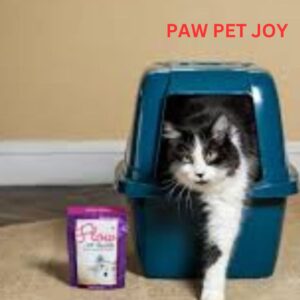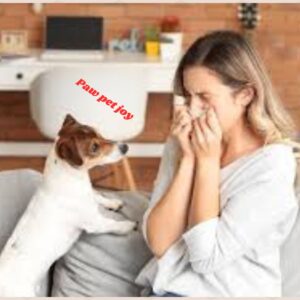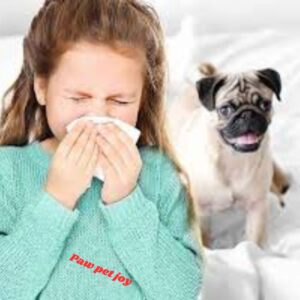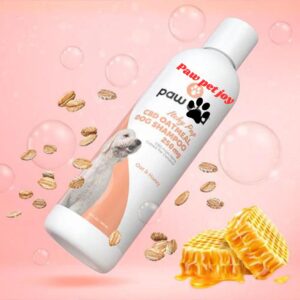Discuss the benefits of 24 hour vet services, common emergencies where immediate care is essential. How to locate a reliable 24-hour vet clinic in your area.
We deeply cherish our pet companions, considering them integral members of our families. Just like any family member, pets can experience sudden health issues that require immediate medical attention. This is where a 24 hour vet comes into play, offering peace of mind and essential care whenever emergencies arise.
- Why you need a 24 hour vet
- Benefits of a 24 hour vet
- Common Pet Emergencies requiring 24 hour vet Services
- What to Expect at a 24 hour vet Clinic?
- Choosing the Right 24 hour vet
- Preparing for a Pet Emergency
- Real-Life Stories: The Importance of a 24 hour vet
Why you need a 24 hour vet
Pet emergencies don’t adhere to a regular schedule, often occurring at the most inconvenient times. Having access to a 24 hour vet can be a lifesaver in such situations. These veterinary services operate around the clock, ensuring that your pet receives timely and expert care regardless of when an emergency strikes.
Our pets rely on us to keep them safe, healthy, and happy. Pets can also fall ill or get injured at any time of the day or night. This is why having access to a 24 hour vet is crucial for pet owners.
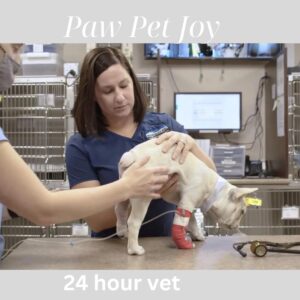
Emergencies can happen at any moment, and when they involve our beloved pets, we want to ensure they receive immediate care. A 24 hour vet facility offers round-the-clock medical attention for animals, ensuring that they can receive treatment whenever they need it. Whether your pet ingests something toxic, gets into a fight with another animal, or experiences a sudden health crisis, having a vet available at any hour can make all the difference in saving their life.
Pets are unable to communicate their pain or discomfort in the same way humans can. They rely on us to recognize the signs of illness or injury and seek help on their behalf. In cases where the symptoms are severe or sudden, it is essential to have a 24 hour vet service available to diagnose the issue and provide appropriate treatment without delay.
24 hour vet is beneficial is the peace of mind it offers to pet owners. Knowing that help is just a phone call away at any time of the day or night can provide comfort and reassurance. It allows pet owners to rest easy, knowing that their pet companions are in good hands, even in case of an emergency.
24 hour vet can also be advantageous for pets with chronic health conditions or those requiring ongoing medical care. Regular vet visits may not always fit into a traditional schedule, especially if your pet needs immediate attention. With a 24 hour vet clinic, you can book appointments at any time or seek urgent care if your pet’s condition worsens outside of regular office hours.
Having a 24 hour vet on standby is about prioritizing the health and well-being of your pets. It is a way to ensure that they receive the care they need, when they need it the most. In emergencies, every moment counts, and having a vet available around the clock can make all the difference in your pet’s recovery and long-term health.
24 hour vet service is not just a convenience but a necessity for pet owners. It provides peace of mind, immediate care for emergencies, and ongoing support for pets with health issues. By having access to a 24 hour vet, you can rest assured that your furry friends are always in good hands, no matter the time of day.
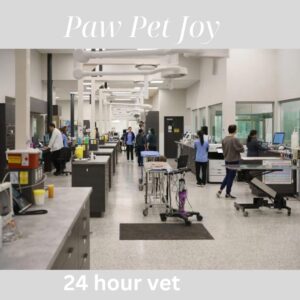
Benefits of a 24 hour vet
24 hour vet is the convenience it offers to pet owners. Many people have busy schedules and may not be able to bring their pets in for regular veterinary visits during the standard business hours. With a 24 hour vet, pet owners can schedule appointments at any time that works best for them, even if it’s late at night or on weekends. This can help ensure that pets receive timely and proper medical care, without the need to wait for hours or days for an available appointment.
Having a 24 hour vet can be beneficial for pet owners who have pets with chronic medical conditions or special needs. These pets may require continuous monitoring and immediate medical attention in case of emergencies. A 24 hour vet can provide the specialized care and attention that these pets need, helping to manage their conditions effectively and keep them healthy and comfortable.
24 hour vet can be a valuable resource for pet owners who have pets that are prone to accidents or injuries, such as outdoor pets or active breeds. These pets may require emergency medical care at any time, and having a vet clinic that is open 24/7 can ensure that they receive prompt treatment when needed. This can help prevent any complications or long-term health issues that may arise from delayed medical care.
Immediate Response to Emergencies: Whether it’s a sudden illness, an accident, or any other unexpected health issue, a 24 hour vet can provide immediate medical intervention.
Continuous Monitoring: Pets under critical care require constant monitoring. A 24 hour vet facility ensures that there is always a professional on hand to oversee your pet’s condition.
Advanced Medical Equipment: Many 24 hour veterinary clinics are equipped with state-of-the-art medical technology to handle complex emergencies.
Experienced Staff: These facilities often have specialized and highly experienced veterinary teams who are trained to deal with a wide range of emergency scenarios.
Peace of Mind: Knowing that there is a reliable vet available at any time provides immense peace of mind for pet owners.
Common Pet Emergencies requiring 24 hour vet Services
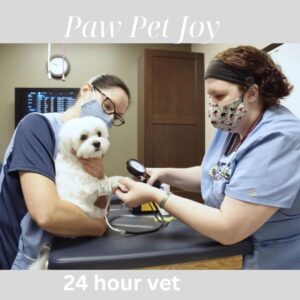
Understanding the types of emergencies that necessitate a visit to a 24 hour vet can help pet owners make quick and informed decisions. Here are some common scenarios:
Ingesting Toxic Substances: Pets, especially dogs and cats, are curious creatures. They might ingest toxic substances such as household chemicals, plants, or human medications. Immediate veterinary attention is crucial in such cases.
Another common emergency that pets may face is ingestion of toxic substances. This can range from ingesting household items like cleaning products or medications to consuming toxic plants or foods. It is important to act quickly in these situations and seek advice from a 24 hour vet on how to proceed.
Severe Injuries: Accidents, falls, or fights with other animals can result in severe injuries requiring prompt medical intervention.
One of the most common pet emergencies that may require immediate attention from a 24 hour vet is trauma. This can include injuries from car accidents, fights with other animals, or even falls. In these cases, it is crucial to seek medical help as soon as possible to assess the extent of the injuries and provide necessary treatment.
Respiratory Distress: Difficulty in breathing is a serious issue that can indicate a range of underlying health problems, from allergic reactions to heart disease.
Seizures: Sudden seizures can be alarming and may indicate neurological issues that need immediate attention.
Severe Vomiting or Diarrhea: Persistent vomiting or diarrhea can lead to dehydration and may be symptoms of more serious conditions.
Pets may also experience sudden illnesses or infections that require immediate attention. Symptoms such as vomiting, diarrhea, difficulty breathing, seizures, or sudden weakness should never be ignored and should prompt a visit to a 24 hour vet for evaluation and treatment.
What to Expect at a 24 hour vet Clinic?
When you arrive at a 24 hour vet clinic, the process usually begins with an initial assessment. Here’s a step-by-step overview of what you can expect:

Triage: Upon arrival, a veterinary technician will quickly assess the severity of your pet’s condition to prioritize care.
Examination: A veterinarian will then conduct a thorough examination to diagnose the problem. This may include taking your pet’s medical history and performing diagnostic tests.
During your pet’s examination, the veterinarian will perform a thorough physical assessment to determine the nature and extent of their injuries or illness. This may include taking your pet’s temperature, checking their heart rate and respiratory rate, and conducting blood tests or other diagnostic procedures as needed.
Treatment Plan: Based on the diagnosis, the vet will discuss the best course of action, which might involve immediate treatment, surgery, or hospitalization.
Throughout your pet’s stay at the clinic, you can expect to receive regular updates on their condition and treatment plan from the veterinary staff. They will keep you informed every step of the way, so you can make informed decisions about your pet’s care and treatment.
Continuous Care: If your pet needs to stay overnight, the 24 hour vet will provide continuous monitoring and care.
Depending on the severity of your pet’s condition, they may need to be hospitalized for observation and treatment. In these cases, you can expect the clinic staff to provide your pet with round-the-clock care and monitoring to ensure their comfort and recovery.
Follow-Up: After initial treatment, the vet will often schedule follow-up appointments to ensure your pet’s recovery is on track.
Before your pet is discharged from the clinic, the veterinarian will provide you with detailed instructions for their ongoing care and recovery. This may include administering medications, limiting activity, or scheduling follow-up appointments to monitor your pet’s progress.
Choosing the Right 24 hour vet
Selecting the right 24-hour vet is crucial for ensuring your pet receives the best care possible. Consider the following factors:

Location: Choose a clinic that is conveniently located so that you can reach it quickly in an emergency. Consider the location of the 24 hour vet clinic. Ideally, you want to choose a facility that is close to your home or easily accessible in case of an emergency. Being able to quickly transport your pet to the vet can make a huge difference in a critical situation.
Reputation: Look for reviews and testimonials from other pet owners to gauge the quality of care provided. Look into the qualifications and experience of the veterinarians working at the 24 hour vet clinic. Make sure they are licensed and have the necessary expertise to handle emergency situations. It’s also a good idea to check if the clinic has specialists on staff who can provide more specialized care if needed.
Services Offered: Ensure that the clinic offers a wide range of services, including emergency surgery, diagnostic imaging, and intensive care. Another important factor to consider is the availability of services at the 24 hour vet clinic. Check if they offer a wide range of services beyond just emergency care, such as routine check-ups, vaccinations, and dental care. Having a vet that can provide comprehensive care for your pets can make it easier to manage their health needs.
Staff Qualifications: The clinic should have a team of experienced and qualified veterinarians and support staff.
Facility and Equipment: The clinic should be well-equipped with modern medical equipment to handle various emergencies. Consider the costs associated with the 24 hour vet clinic. While you don’t want to compromise on quality care for your pets, it’s important to find a clinic that is affordable and fits within your budget. Look into whether they accept pet insurance or offer payment plans to help cover the costs of emergency care.
Preparing for a Pet Emergency
While it’s impossible to predict when an emergency will occur, being prepared can make a significant difference. Here are some steps you can take:

Emergency Kit: Prepare an emergency kit that includes basic first aid supplies, your pet’s medical records, and contact information for your 24 hour vet.
Training: Learn basic pet first aid and CPR to provide immediate assistance before reaching the vet.
Observation: Keep a close eye on your pet’s behavior and health, and act quickly if you notice any signs of distress.
Transport: Ensure that you have a reliable means of transporting your pet to the vet, whether it’s your own vehicle or a pet ambulance service.
Financial Preparedness: Emergency vet visits can be expensive. Consider setting aside funds for such situations or investing in pet insurance.
Real-Life Stories: The Importance of a 24 hour vet
To highlight the critical role of 24-hour vets, here are some real-life stories from pet owners who experienced emergencies:

Max’s Midnight Accident: Max, a playful Labrador, accidentally ingested a large amount of chocolate late one night. His owners rushed him to a 24 hour vet, where he received immediate treatment that saved his life.
Bella’s Breathing Troubles: Bella, a senior cat, started having difficulty breathing in the middle of the night. Her owner took her to a 24 hour vet, where it was discovered that Bella had a severe asthma attack. Thanks to prompt care, Bella recovered fully.
Rocky’s Road to Recovery: Rocky, a brave little terrier, was hit by a car and sustained serious injuries. A 24 hour vet performed emergency surgery and provided round-the-clock care, ensuring Rocky’s successful recovery.
FAQs about 24 hour vet Services
Q1: When should I take my pet to a 24-hour vet?
A1: You should take your pet to a 24 hour vet if they are experiencing severe symptoms such as difficulty breathing, uncontrollable bleeding, seizures, or if they have ingested a toxic substance.
Q2: How can I find a reliable 24 hour vet near me?
A2: You can find a reliable 24 hour vet by researching online reviews, asking for recommendations from other pet owners, and consulting with your regular veterinarian.
Q3: Are 24 hour vet services more expensive than regular vet visits?
A3: Yes, 24 hour vet services can be more expensive due to the immediate and specialized care provided, as well as the cost of operating a clinic around the clock.
Q4: What should I bring with me to a 24 hour vet?
A4: Bring your pet’s medical records, any medications they are taking, and information about their symptoms. It’s also helpful to have an emergency kit with basic supplies.
Q5: Can 24 hour vets handle all types of emergencies?
A5: Most 24 hour vets are equipped to handle a wide range of emergencies. However, for highly specialized care, they might refer you to a specialized veterinary hospital.
Bullet Points on 24 hour vet
Round-the-Clock Care: 24 hour vets provide continuous medical care for pets, ensuring they receive immediate attention during emergencies.
Advanced Facilities: These clinics are equipped with modern diagnostic and treatment tools to handle complex medical situations.
Expert Staff: 24 hour vet clinics employ experienced veterinarians and support staff trained to manage a variety of emergency scenarios.
Peace of Mind: Knowing that there is always a vet available provides pet owners with reassurance and confidence in their pet’s health care.
Critical Monitoring: Pets requiring intensive care receive constant monitoring, crucial for their recovery.
Conclusion
24 hour vet is an indispensable resource for pet owners, offering critical care and peace of mind during emergencies. By understanding the importance of these services and being prepared for potential emergencies, you can ensure that your beloved pet receives the best possible care at any time. Always remember, the well-being of your pet is paramount, and having a trusted 24 hour vet can make all the difference in their health and happiness.
